|
584
75 My grandmother had a great loom on which she wove mats from pieces of old cloth which she had cut into strips. This loom was a complicated contraption with a multitude of straight vertical and horizontal strings through which she threw the dartlike shuttle. Teka. Tekai, curl, a round ball, as of twine. (Tekateka) hakatekateka, rudder, helm. Churchill. Routledge's informants still knew the names of the immigrant canoes (RM:278); they were given as 'Oteka' and 'Oua'. One Rongorongo text shows ua as the term used for two canoes, while RR:76 [Barthel's no. 76, GD111] (phallus grapheme ure, used in this case for an old synonym teka; compare TUA. teka 'penis of a turtle', HAW. ke'a 'virile male') tends to confirm the oral tradition with a transpositional variant (Barthel 1962:134). (Barthel 2) Pau. teka, arrow. Ta.: tea, id. Mq.: teka, a game with darts. Sa.: te'a, id. Ma.: teka, id. Churchill. Mgv. teka, a support, scaffold. Ta.: tea, the horizontal balk of a palisade, the crossbeam of a house. Mq.: tekateka, across, athwart. Ha.: kea, a cross. Churchill. 65 - ono tekau ma rima illustrates how in the Maori dialect tekau stands for 10. Harawira. First the shuttle went in one direction and then in the opposite direction. And gradually a new piece of cloth miraculously emerged, grew upwards.
I think this type of loom creations (mats) had inspired the creators of the rongorongo texts, beginning at the bottom and turning from right to left in alternate lines when moving upwards:
Like the 'water serpent' (Imix) the weaver's shuttle went to and fro, leaving a trace which was growing like a vine. ... He was moreover confronted with identifications which no European, that is, no average rational European, could admit. He felt himself humiliated, though not disagreeably so, at finding that his informant regarded fire and water as complementary, and not as opposites. The rays of light and heat draw the water up, and also cause it to descend again in the form of rain. That is all to the good. The movement created by this coming and going is a good thing. By means of the rays the Nummo draws out, and gives back the life-force. This movement indeed makes life. The old man realized that he was now at a critical point. If the Nazarene did not understand this business of coming and going, he would not understand anything else. He wanted to say that what made life was not so much force as the movement of forces. He reverted to the idea of a universal shuttle service. 'The rays drink up the little waters of the earth, the shallow pools, making them rise, and then descend again in rain.' Then, leaving aside the question of water, he summed up his argument: 'To draw up and then return what one had drawn - that is the life of the world' ...
... We can go further with the help of the names given to the tribes by their mothers in Genesis XXIX [29] and XXX [30], and of the prophetic blessings or curses bestowed on them by Jacob in Genesis XLVIII [48] and XLIX [49] we can assign a letter and month to each tribe. To Ephraim ('fruitful') and Manasseh ('forgetfulness'), the two sons of Joseph who was a 'fruitful vine' we can assign the months C and M ... We should also remember this comment regarding the procedure a new Pharaoh had to follow: ... More processions followed, during which, the king moved about - as Professor Frankfort states in his account - 'like the shuttle in a great loom' to re-create the fabric of his domain, into which the cosmic powers represented by the gods, no less than the people of the land, were to be woven ... ... The Mayas shifted their attention from one side to the other by adding 168:
3 * 168 = 584 (→ synodic cycle of Venus) - 80 (→ March 21) = 504 = 6 * 84 = 12 * 42 = 24 * 21 = 72 weeks). According to Nordic mythology Balder was able to survive every attack on his life, yet also he must ultimately be brought down:
It should here be mentioned that my extraordinarily strong grandfather began to create and sell giant candles after he had retired from his brewery business. Also he recycled because he used old stumps of candles in this work. Anciently nothing old was ever thrown away, discarded. ... The Loy Krathong-feast was held in Sundsvall yesterday. It is a feast for Thai people when they celebrate and thank the Water Goddess. People go down to the sea and put afloat a little boat made of banana leaves. Inside there is a little lighted candle. I wonder what kind of leaves they used here in Sundsvall, not many left on the trees now ...
In the text on the C tablet we can read that line Ca14 has a vero glyph in position 378 → the synodic cycle of Saturn, and this was 20 days before 398 (synodic cycle of Jupiter). ... This is no other 'thing' than Hvarna (Babylonian melammu) which the 'bad uncle' Afrasiyab attempted to steal by diving to the bottom ot Lake Vurukasha, although Hvarna belonged to Kai Khusrau ... Thus in whichever dialect the phenomenon is spelled out, the fallen ruler of the Golden Age is held to dwell nearest to the celestial South Pole, particularly in Canopus which marks the steering oar of Argo, Canopus at the 'confluence of the rivers'. This is true whether Varuna fastened the sky to the seat of the Rita (and his own seat), whether Enki-Ea-Enmesharra, dwelling in Eridu, held all the norms and measures (Rita, Sumerian me: Akkadian: parsu) - Thorkild Jacobsen called him very appropriately the 'Lord modus operandi' - or whether Kronos-Saturn kept giving 'all the measures of the whole creation' to Zeus while he himself slept in Ogygia-the-primeval ...
|
||||||||||||||||||||||||||||||||||||||||||||
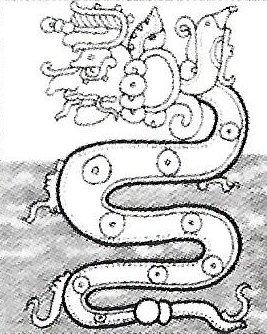
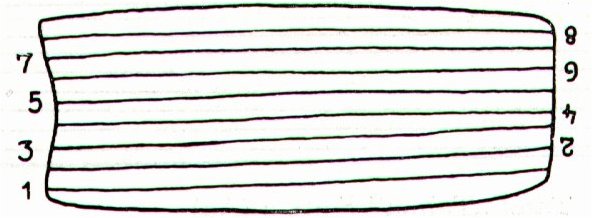

.jpg)

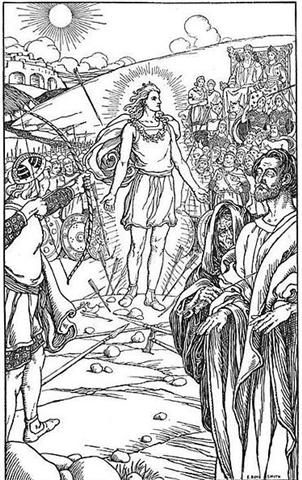
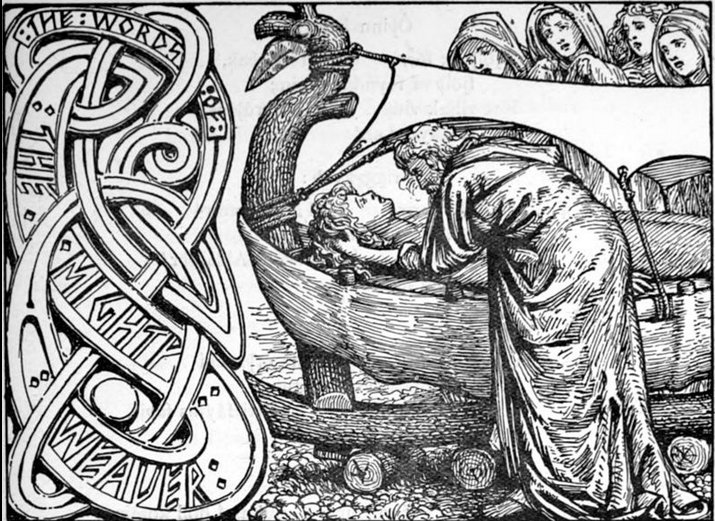

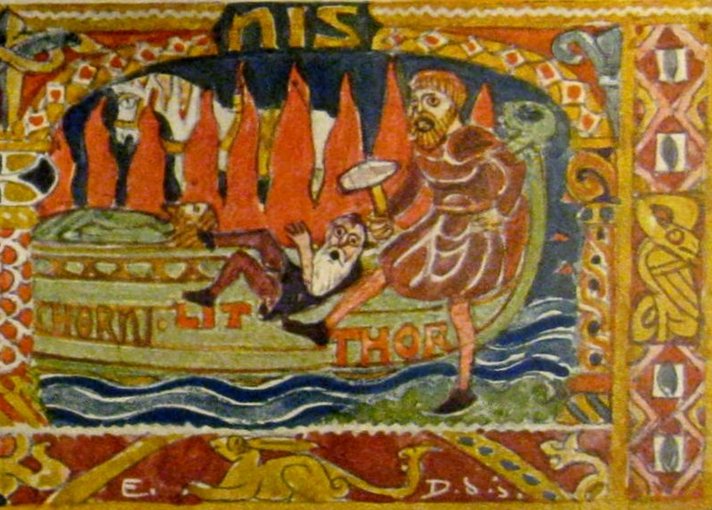







.jpg)
.jpg)